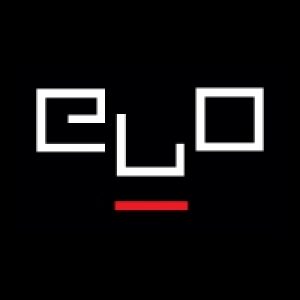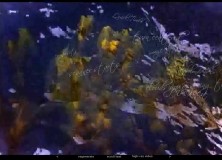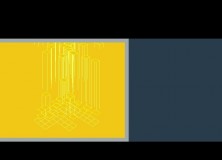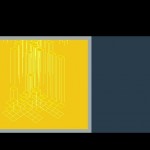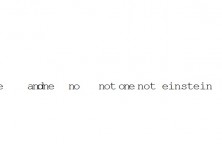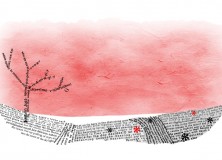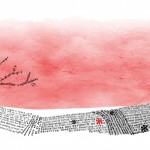ELO welcomes 010110 (decimal 22) with a special announcement:
The framework for the Electronic Literature Directory version 2.0 is now online:
http://eld.eliterature.org/
Think of this as an open house in a model home for e-lit.
The Directory has always been key to helping outsiders discover electronic literature. With the new version, it will be even easier to add and find works of electronic literature AND criticism.
But there’s more: The ELD will feature venues or “collections,” aggregators of e-lit and criticism.
When you take a glance at our demo works, you will notice some exciting features:
In addition to basic information about author, date, url, and language, entries list software platforms as well as annotations by ELO members. However, registered users will be able to extend the discussion in the comment section or by writing a review.
The ELO Directory team has worked hard to make these works more accessible, developing search tools, categories, and tags, the subject of much discussion on Joseph Tabbi’s recent online meditation (On Reading 300 Works of Electronic Literature).
The works you see are but a small sample of the ones already vetted, but this is a special invitation to see the structure of this exciting re-imagined resource.
Start by creating an account and submitting creative or critical works or collection sites. Those submissions will be delivered to our Directory team for evaluation and review.We’re looking forward to the re-launch of this flagsite enterprise of ELO.
Watch for full announcements to follow including thanks to the team who have been working so hard to make this a possibility.
At the start of the new decade, it is impossible to predict what new forms of literature will emerge, but you at least know where you can find them: the Electronic Literature Directory.
[Also, reminder, ELO AI deadline: January 15, 2010 or 011501]

